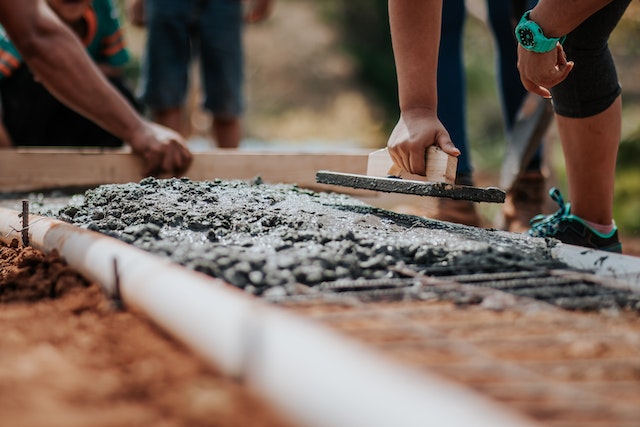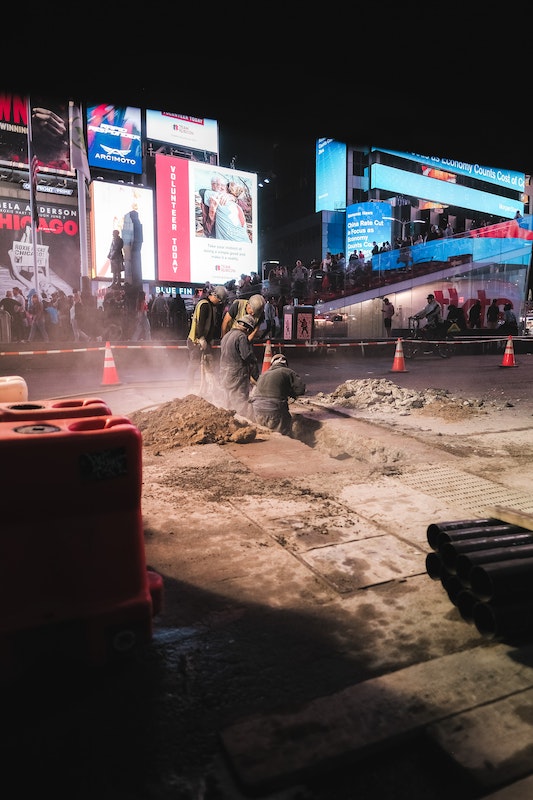A common requirement of a building is to make repairs to concrete that already exists. On concrete slabs and walls, coring, drilling, and cutting are only a few of the methods that are employed. If impacted, the rebar, conduit, post-tension cables, and other elements that may be present in this concrete could result in significant damage. A clever technique to reduce or eliminate the danger associated with undertaking invasive work on existing concrete is to use concrete scanning. To avoid hitting anything concealed beneath the concrete’s surface, scanning is an effective approach to detecting it. A post-tension slab can sustain immediate and expensive damage if it is cut through, or if a structural element, electrical conduit, or water main is struck. Even worse, everyone present may suffer a major injury as a result.

The oldest way of scanning concrete is concrete x-ray. The x-ray procedure is still employed, but it is less frequently done because it takes so long and needs access to both sides of the concrete. Concrete x-ray technology is heavy and emits dangerous radiation in addition to only being able to detect specific materials within the concrete. The concrete x-ray is no longer the state of concrete scanning technology today. Radar waves of a specific frequency are transmitted into the concrete being examined using a device known as a ground penetrating radar (GPR), or concrete scanner. If the waves encounter an anomaly like rebar, conduit, cables, voids, etc., they are reflected. This gives a precise picture of the subsurface of the concrete. Although the radar does not automatically differentiate between different materials, highly qualified specialistssuch as concrete scanning Sydney at GPRS can identify the patterns each of these abnormalities produce. The contractor can see exactly where work can be done securely thanks to this knowledge, which is utilised to carefully mark out the concrete.
There is no way to determine for sure if something will be hit without the use of concrete scanning. Rebar is included in concrete throughout the design process to provide it with the appropriate strength and safety. Rebar damage causes immediate stress on the concrete, leading to problems that must be fixed to regain the stability of the building. Another structural element that, if undermined, might result in extensive destruction is post-tension cables. When structural cables are inserted into slabs and intense pressure is used to tighten them, the slab’s strength is boosted. This process is known as post-tensioning. Both immediate worker injuries and permanent structural damage to the post-tension slab may result from damage to post-tension cables.

Radar that penetrates the ground can be used to detect leaks or damage in underground water lines. In addition to detecting the presence of materials within the concrete, GPR can also detect the absence of material.Concrete often has empty spaces known as voids because of poor pouring technique or prior damage. GPRS employs ground penetrating radar to swiftly and accurately locate any objects existing within the concrete, including post-tension wires, rebar, conduit, voids, and other objects. Therefore, all of your projects can be easily accessed because of GPRS facilities.




